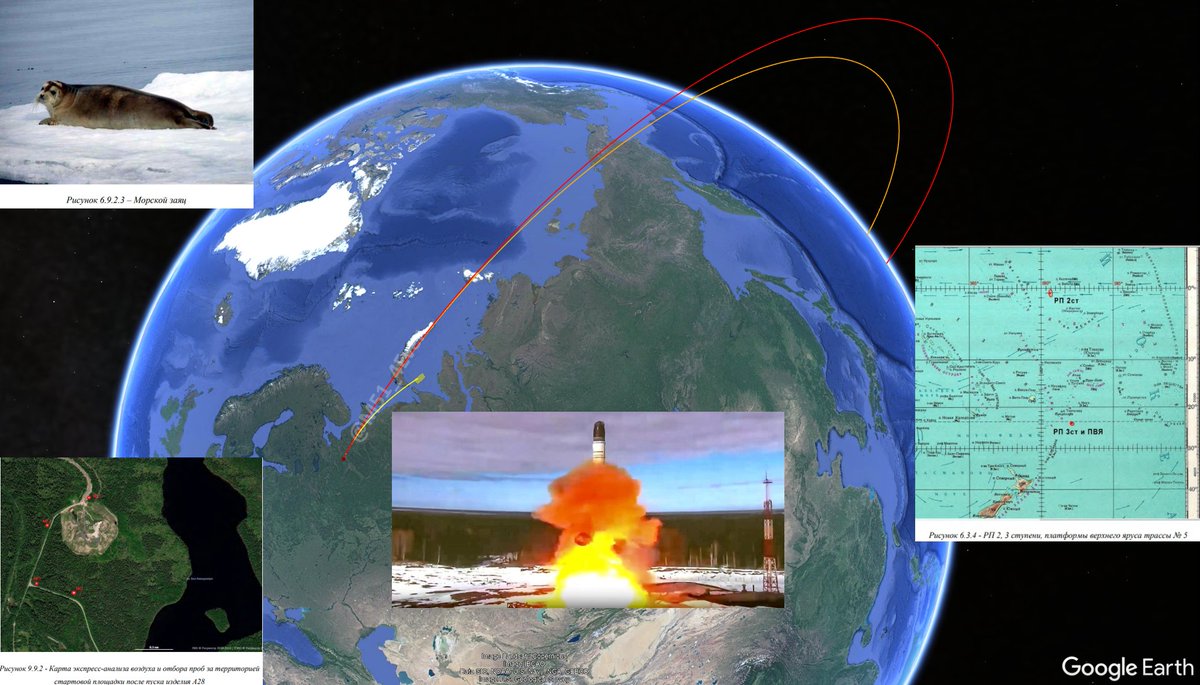☢️ The Fragile Umbrella 🇺🇸
In today's thread, we will see why Trump or no Trump, 🇪🇺Europe's security can no longer depend on US extended deterrence, not for political reasons but for strategic ones.
And its not a bad thing.
A thread 🧵
In today's thread, we will see why Trump or no Trump, 🇪🇺Europe's security can no longer depend on US extended deterrence, not for political reasons but for strategic ones.
And its not a bad thing.
A thread 🧵
Since the 50s, Europe mostly depends on US nuclear weapons for its security, if we exclude the French and to some extend British cases.
This extended deterrence, also sometime called US nuclear umbrella, is made concrete with the deployment of ~100 B61 ☢️gravity bombs...
This extended deterrence, also sometime called US nuclear umbrella, is made concrete with the deployment of ~100 B61 ☢️gravity bombs...
...hosted in 5 European countries. Those weapons can be loaded on "Dual-Capable Aircraft", both US and European (F-16, F-35, Tornado).
The utility of those weapons in the case of a conflict is questionable, mostly because of the low survivability...
tandfonline.com/doi/full/10.10…
The utility of those weapons in the case of a conflict is questionable, mostly because of the low survivability...
tandfonline.com/doi/full/10.10…
... of the carriers that would have to get very close to their target before releasing the bomb over a heavily contested airspace.
Long seen as "tactical nuclear weapons" to be used in combat against a breakthrought by the Soviet army, their use in combat is now off the table...
Long seen as "tactical nuclear weapons" to be used in combat against a breakthrought by the Soviet army, their use in combat is now off the table...
...while the low survivability of their carrier make B61 bombs unfit for a strategic role against targets deep inside adversary's rear.
However, those weapons symbolize US commitment to Europe's security through NATO. Until recently, it was assumed that the US would...
However, those weapons symbolize US commitment to Europe's security through NATO. Until recently, it was assumed that the US would...
... be ready to use its much more survivable weapons like intercontinental missiles (ICBM and SLBM) in case of an existential threat against NATO.
Only this was when Russia was US main adversary. And now, this main adversary is China.
defense.gov/Multimedia/Exp…
Only this was when Russia was US main adversary. And now, this main adversary is China.
defense.gov/Multimedia/Exp…
The calculus has dramatically changed.
While Russia still has an equivalent number of strategic nuclear weapons as the US, Chinese arsenal is growing every passing year and could reach parity with the US soon, meaning Washington will soon faces ...
defense.gov/News/News-Stor…
While Russia still has an equivalent number of strategic nuclear weapons as the US, Chinese arsenal is growing every passing year and could reach parity with the US soon, meaning Washington will soon faces ...
defense.gov/News/News-Stor…
...two nuclear-armed peer competitors, the main one being China.
Hence, the question. Would the US use even part of its strategic nuclear weapons to protect Europe against Russia, taking the risk to have its remaining weapons being destroyed by a Chinese strike that would...
Hence, the question. Would the US use even part of its strategic nuclear weapons to protect Europe against Russia, taking the risk to have its remaining weapons being destroyed by a Chinese strike that would...
...let it disarmed and unable to retaliate ?
This question was already valid with current US administration and will only be more significant with the coming one.
US and European leaders know this, but most importantly, their adversaries too.
This question was already valid with current US administration and will only be more significant with the coming one.
US and European leaders know this, but most importantly, their adversaries too.
Does this mean Europe is at its adversaries' mercy ?
Thankfully, no.
US point on the need for Europe to take over is more than valid. With the rise of China as a major nuclear power, there is a real need for a strong fourth nuclear power to maintain strategic balance if...
Thankfully, no.
US point on the need for Europe to take over is more than valid. With the rise of China as a major nuclear power, there is a real need for a strong fourth nuclear power to maintain strategic balance if...
...we want to avoid an arms race between the USA, Russia and China.
Europe is only good to the US as a strong power, able to defend itself and to keep Russia at peace if a major crisis happens in the Pacific.
This is why an autonomous deterrence in Europe should have...
Europe is only good to the US as a strong power, able to defend itself and to keep Russia at peace if a major crisis happens in the Pacific.
This is why an autonomous deterrence in Europe should have...
...the support of Washington.
The good thing is Europe has two nuclear powers, France and the UK, that could, and should, easily take over at almost no additional costs on its basic form.
That's what we'll see in the next thread on a "European Integretad Deterrence Initiative".
The good thing is Europe has two nuclear powers, France and the UK, that could, and should, easily take over at almost no additional costs on its basic form.
That's what we'll see in the next thread on a "European Integretad Deterrence Initiative".
• • •
Missing some Tweet in this thread? You can try to
force a refresh














